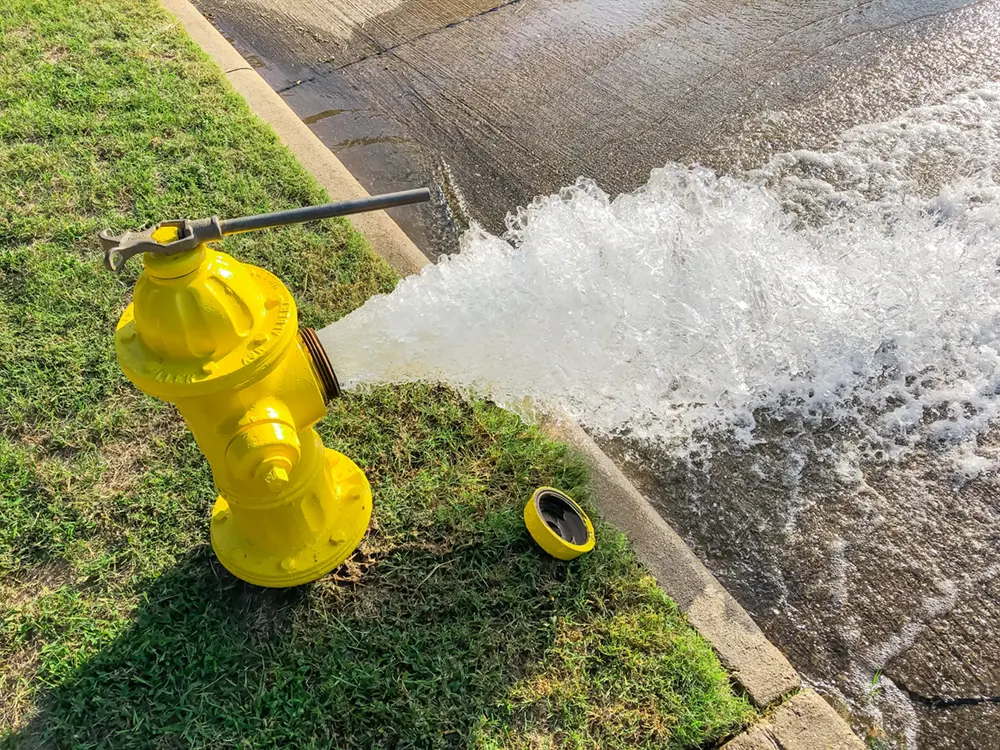However, building the plant and complying with regulations is only part of running a safe, profitable facility.
Some things to consider when designing and developing a septage receiving station:
- Type of waste received. Depending on your local regulations, commercial and industrial waste may require preapproval or pre-treatment, depending on your local regulations.
- Customer service. Septage stations have customers— your haulers, and providers. Ask them what they need to make their experience at your facility better. Make them part of the process.
- Unloading facilities should be well-lit with 24-hour access. Turn-arounds should be wide and accessible, or the facility should be drive-through.
- Equipment reliability. Schedule maintenance for slow or off times.
- Competitive rates for purchases and sales. Determine if per-load or per-gallon is the better standard.
The current trend is computerization in record keeping, invoicing, and billing.
So, increasingly are automated flow systems. Ideally, the driver or operator does not have to manually do anything beyond attach the flow valve and enter the type of load and other information on a touch screen.

This may be too expensive for start-up facilities, but it should not be overlooked in upgrading or remodeling a station.
The final disposition of the treated septage should be figured into the overall design of the plant.
If that seems too obvious to state, it should be noted that an eight-year, $80 million upgrade of a wastewater facility in North Carolina redesigned everything…except the septage receiving facility.
Another $1.6 million had to be spent on redesigning the facility.
A little forethought and planning could alleviate that expense and ensure the entire project’s success.


